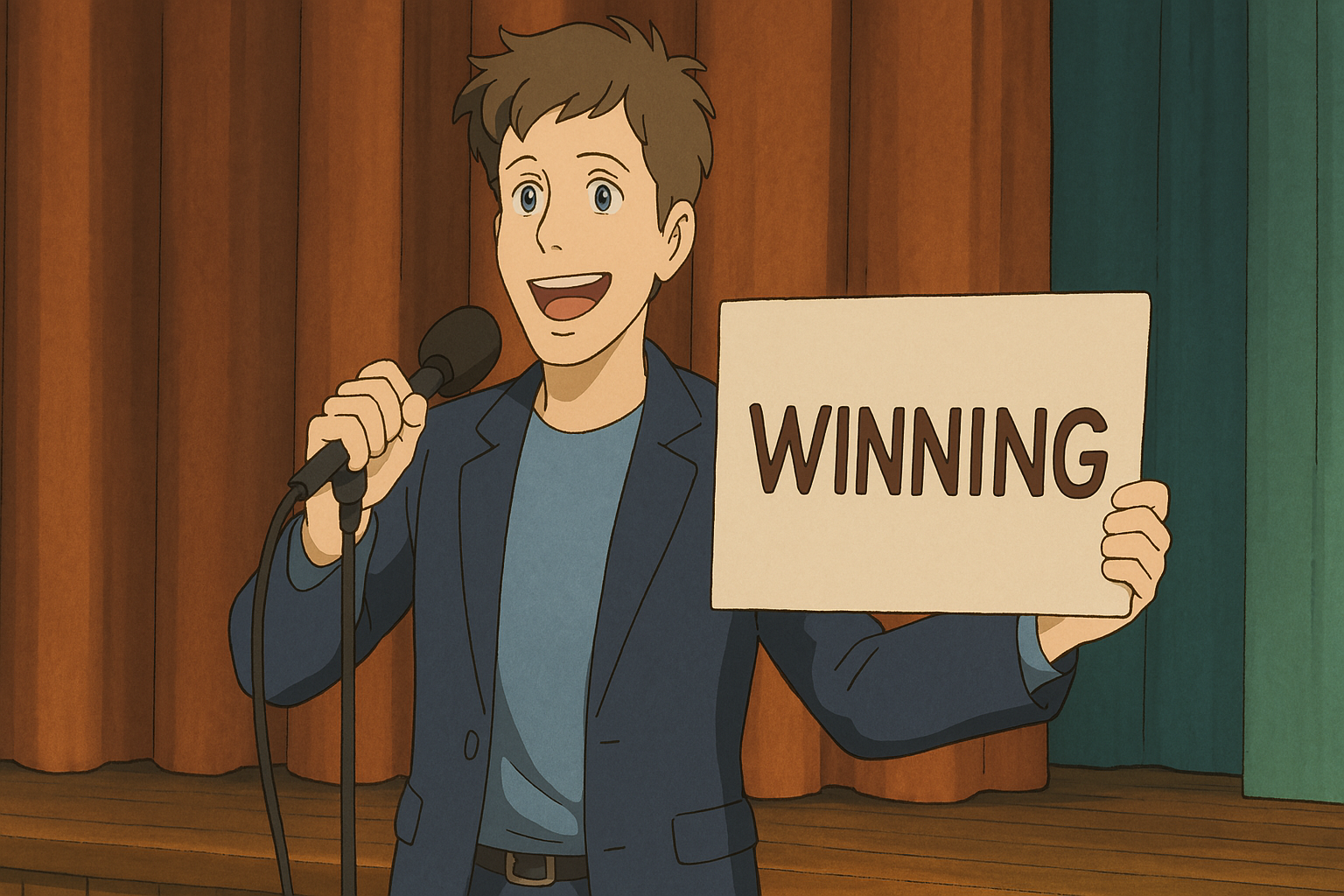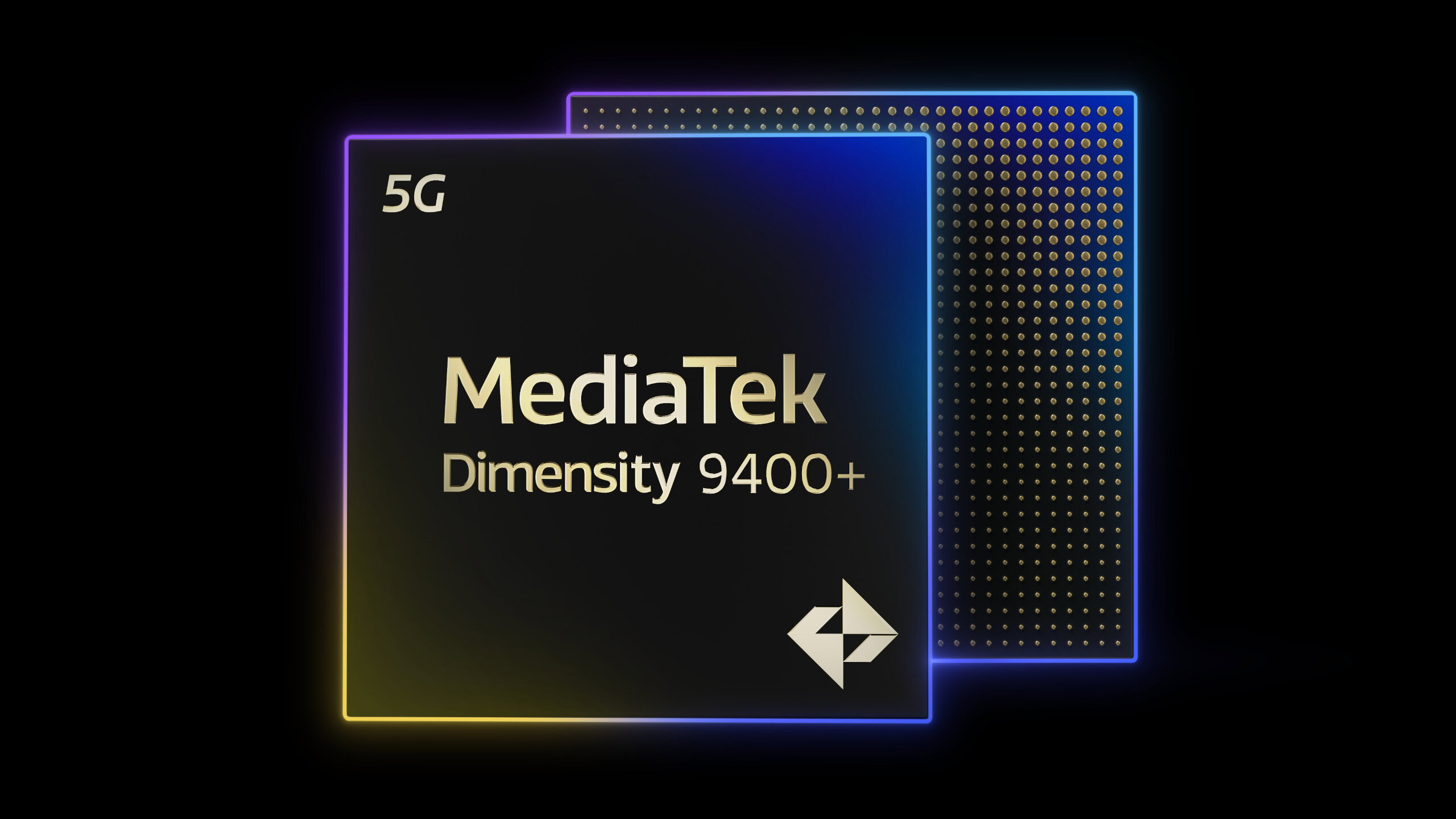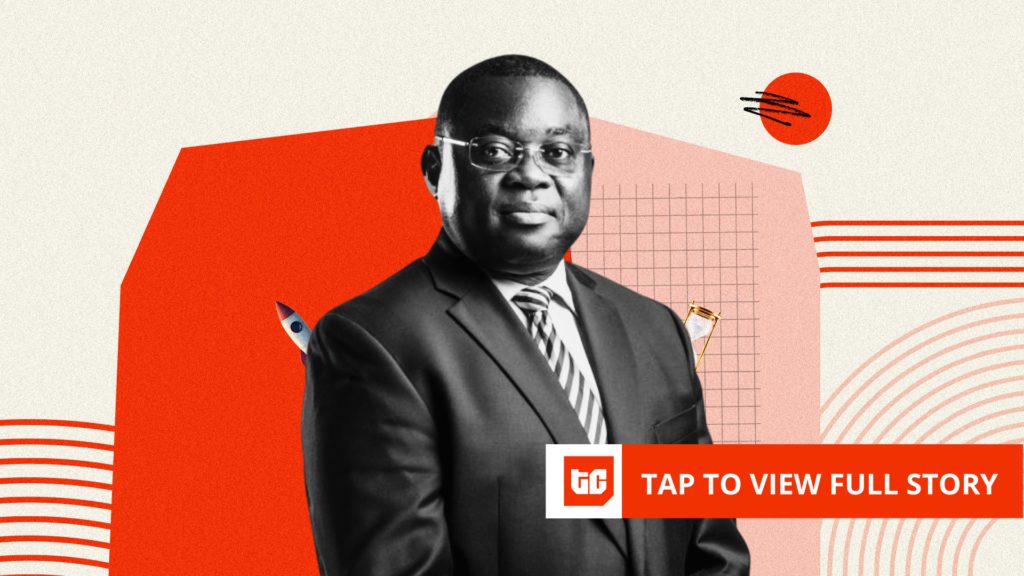All new technologies have their tipping points where they go from enthusiast to mainstream. Artificial intelligence, a term coined by John McCarthy in 1956 that has long held the imagination of many, has seemingly now hit that tipping point, but not for the reason scientists and science fiction writers could have guessed: Japanese anime cartoons.
Some three weeks after OpenAI rolled out a significant upgrade to ChatGPT-4o, which allowed users to create images, such as images in the style of Project Ghibli, AI has arguably hit its tipping point, with Chief Executive Officer Sam Altman (pictured, Ghibli style) revealing that the company has seen its user base double in the last three weeks.
Altman made the revelation on stage during a discussion with TED curator Chris Anderson on Friday, but exactly how many users ChatGPT now has isn’t entirely clear. The number could be 800 million or 1 billion, depending on how you take Altman’s comments.
Forbes reported an interaction between the two on stage in which Anderson asked Altman, “How many users do you have?” Altman responded by saying, “I think the last time we said was 500 million weekly actives and it is growing very rapidly.” Then Anderson continued, “You told me that it like doubled in just a few weeks,” to which Altman replies, “I said that privately, but I guess…” That would put ChatGPT’s user figure at 1 billion.
In the same discussion, though, Altman then says, “Something like 10% of the world uses our systems, now a lot,” which would make the figure about 800 million.
Whether the figure is 800 million or 1 billion, either one is impressive. And the new growth has primarily been from people using ChatGPT to create Project Ghibli images, though new memes have since taken over, most recently the action figure/art toy meme.
Copyright issues
Altman was also asked about whether any consideration had been given to compensating artists for creating works in their style. Altman responded that, in time, there might be a way for certain prompts to trigger automatic payments for creators who opt in. He added that guardrails are in place to prevent the model from generating copyright-protected works.
The last line is pertinent. As it turns out and a fact missed by some in the media, the Project Ghibli images are legal, presuming they’re not then used for commercial gain.
Under Article 30-4 of the Japanese Copyright Act, AI developers can use copyrighted materials for training purposes without obtaining permission. Also, under Japanese law, mimicking a general artistic style is not considered infringement. There is a line: Generating an image that closely resembles a specific character or scene from a Studio Ghibli film would likely be a breach of copyright, but people turning their own image into a Ghibli-themed look doesn’t cross that line.
Images: News/ChatGPT
Your vote of support is important to us and it helps us keep the content FREE.
One click below supports our mission to provide free, deep, and relevant content.
Join our community on YouTube
Join the community that includes more than 15,000 #CubeAlumni experts, including Amazon.com CEO Andy Jassy, Dell Technologies founder and CEO Michael Dell, Intel CEO Pat Gelsinger, and many more luminaries and experts.
THANK YOU









